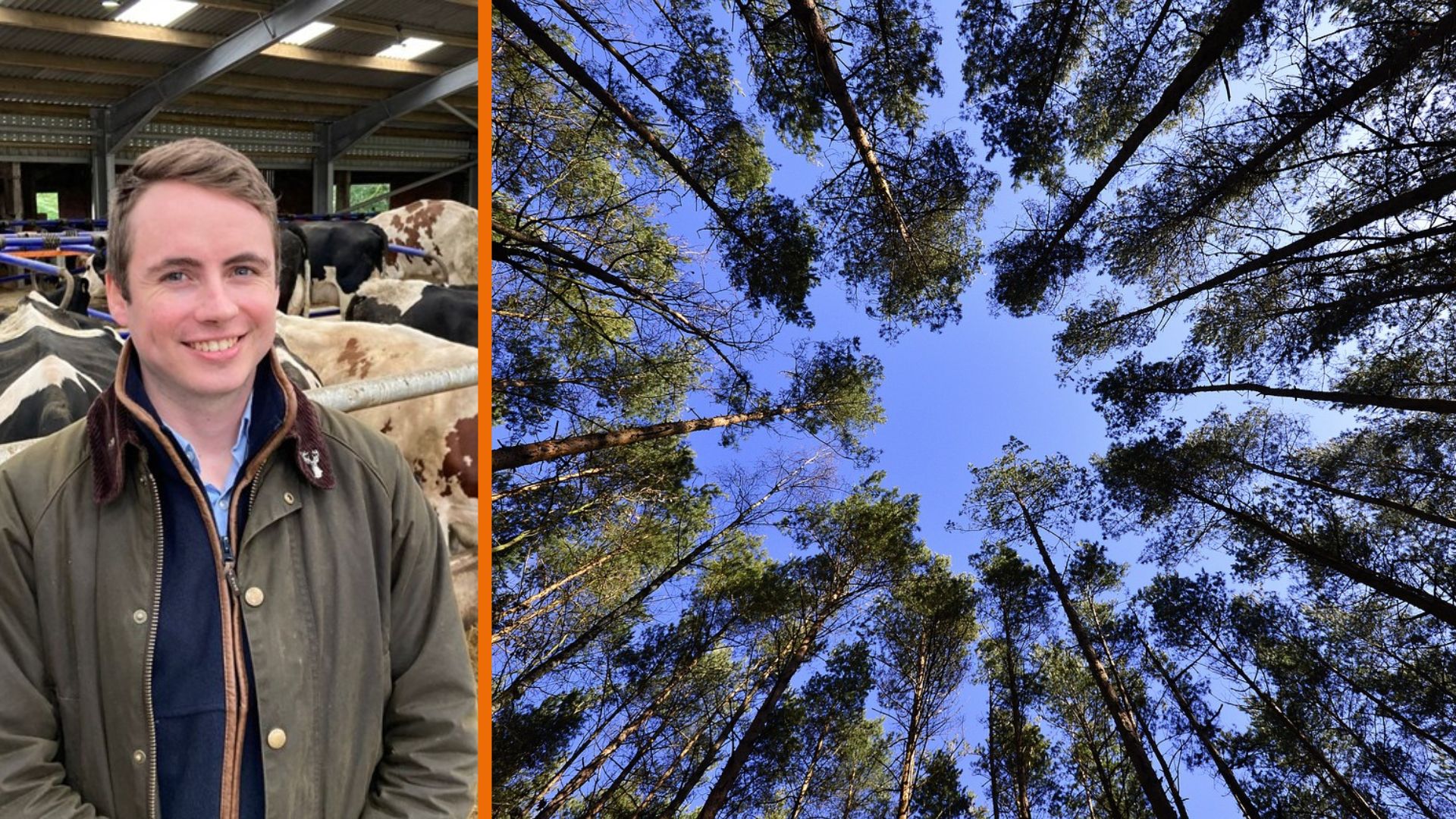The voluntary carbon market has seen explosive growth as speculation about the future price of tradable woodland carbon units drives up the number of projects being registered. In the UK this is delivered through the Woodland Carbon Code (WCC). The WCC offers accreditation for quality-assured, high-integrity carbon, supported by robust science from Forest Research, the principal organisation for research in the sector.
Galbraith is in the fortunate position of being able to manage woodland projects on all scales for clients. By keeping up to date with the latest updates to the WCC and from our experience in validating projects, we are in a strong position to offer advice which will get your carbon project started on the best possible footing.
The WCC’s rules and regulations governing the issuance of carbon credits have evolved through a number of iterations, underpinning the body’s credibility as a credible carbon verifier. At the time of writing, validations of carbon projects are performed under version 2.2, introduced on 1 October 2022. Let’s look at two key factors during the planning phase of a woodland that will be considered for eligibility under the WCC.
The first important consideration is that registration for the WCC must take place before work on the planting site begins, otherwise known as the ‘project implementation date’. This date is the day when infrastructure such as fences and gates are constructed, rather than the first day of planting. This change came into effect on 1 July 2021. Following the change it is no longer necessary to provide evidence that the purpose of planting the woodland was for carbon. Any applications sent prior to this date will still need to provide this evidence.
The second consideration is to identify early on what other benefits the new forest will provide besides sequestering carbon. Making sure that the woodland provides multiple benefits will meet the WCC’s requirement to manage the woodland for positive environmental outcomes. If you apply for a forestry grant you will have demonstrated environmental benefits through this process.
However, if you plant without a government grant, for example using other private sources of funding, you will have to prove to the WCC that the project is able to demonstrate positive impacts in the areas of biodiversity, water, consideration of historic landscape features, community and the economy as per the UK Forestry Standard.
Woodland carbon is a valuable investment, whether undertaken on its own or as a component of a multi-purpose project. It is advisable to consult with a professional and experienced firm as early as possible when considering a woodland project.
- Natural Capital: Galbraith’s expert advisers guide our clients in realising value in all land uses – by assessing and measuring natural assets, furthering opportunities in biodiversity net gain, and ensuring stakeholders are rewarded fully for their investment in and contribution to delivering ecosystem services and net-zero outcomes.
